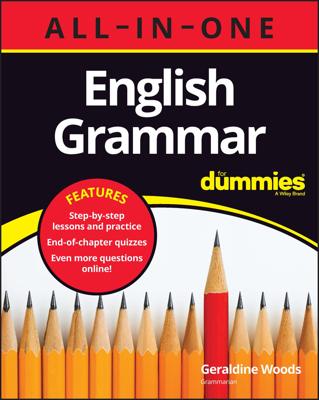Punctuation makes a huge difference in the meaning of a sentence, so it’s vital that you understand how to use it correctly. Endmarks, apostrophes and commas are all key to clear communication in English.
Endmarks
All sentences need an endmark: a full stop, question mark, exclamation mark or ellipsis. Avoid putting two endmarks at the end of the same sentence, unless you’re trying to create a comic effect (for example, ‘She said my cooking tasted like what?!?!). Remember that ellipses are just three dots; you don’t need to add a full stop.
Apostrophes
Using possessive apostrophes incorrectly is one of the most common mistakes writers make. To use possessive apostrophes correctly, make sure the s and the apostrophe are in the right order. First, decide whether the noun is singular (one) or plural (more than one), then add the apostrophe.
Singular ownership generally adds’s; plural ownership generally adds s’. For example: knife's blade is singular. Chefs' hats is plural.
Commas
In direct address, use commas to separate the name from the rest of the sentence. In lists, place commas between items, but not before the first item or before and unless some of the list items contain and. When combining two complete sentences with a conjunction, place a comma before the conjunction unless the sentences being joined are very short. If you have one subject and two verbs joined with a conjunction, don’t put a comma before the conjunction. Never separate a subject–verb pair with a comma.

